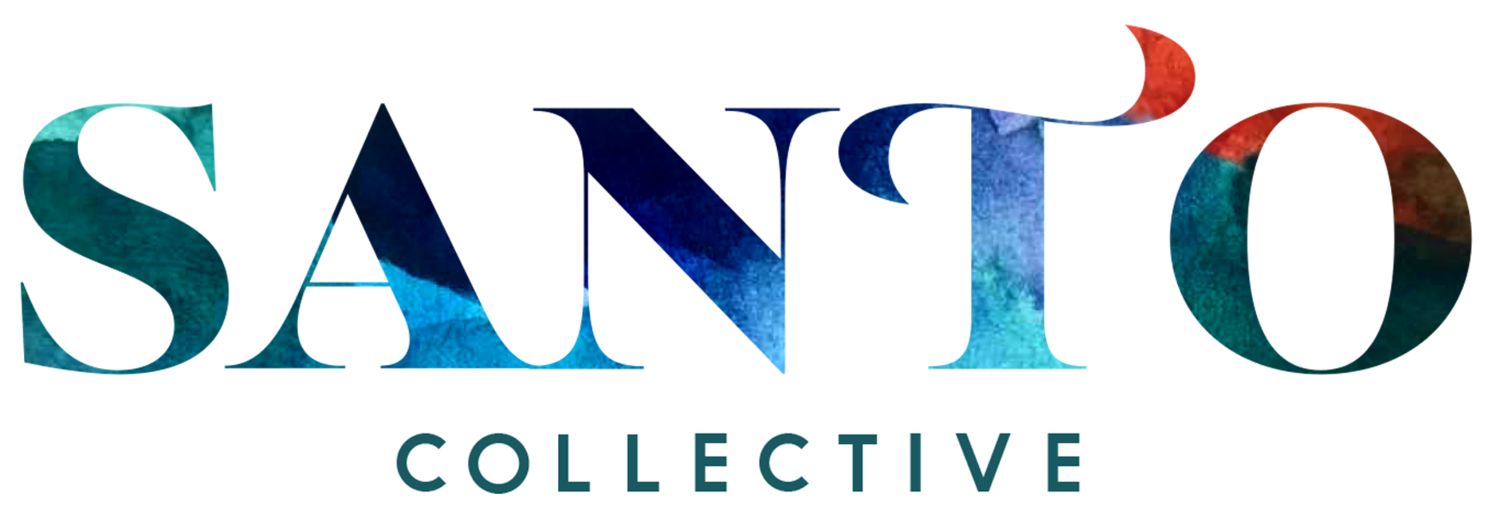Part 4: Charting Identity
It’s 3:32 AM in my dorm-room in college. My face is illuminated by the blue light of my Macbook, dozens and dozens of tiny slivers across my Chrome window, more tabs than I can count. I open a link and hear ten gunshots, muffled audio. I click over one tab to replay a newscast relaying the events on a particular August 9th in 2014. I scrutinize and flip through article after article, eyes scanning for vital information surrounding the conviction of Darren Wilson with regards to the death of Michael Brown. I rub my chin, eyes glazing over with lack of sleep, hounded by an obsession to assess the “truth.” I search and search, but never find.
My identity in America is a complicated one. I am fully Chinese. I look Chinese, identify as Chinese, and am perceived as Chinese. I am fully American—I was born in the United States, and my passport and birth certificate grant me certain irrevocable rights. I am fully Christian. I accept that Christ died for all of humanity on the cross, and not just a selected subset. So what is my theology when it comes to understanding race and ethnicity? What is my integration of faith, politics, and identity?
I first encountered the Black Lives Matter movement in college. And to be fair, I think I erred in responding to the killing of Michael Brown as most white Americans did. I recognized the possibility of racial profiling amongst police, and admitted the existence of subconscious bias, but I sought to understand the situation largely as an individualistic one: who was guilty, and who was at fault? It turns out that was the wrong question to begin with. As I come to grips with the historic and systemic racialization in America, I realize the question should not have been “what happened” or “why did it happen,” but rather: “how did this come to happen?” What were the series of events, circumstances, and realities that existed long before Darren Wilson even encountered Michael Brown that set this story down a path that mirrors too many other other stories like it?
I’m learning that identity and history are inextricably tied. Jesus Christ was a Jewish man in the 1st century. He spoke prophetically and carried forth a gospel of good news that was for all people, but he knew intimately the Jewish context in which he had grown up with. God himself entered into our human history with a particular locality and body.
If I am to understand my identity as an Asian American, as a person with Chinese roots living in the United States, I need to understand both the history of my ancestors and the context of where I now live. My body, my culture, and my family background all matter. I see myself as Christian, but I must also carry with me the identity of my body. I must accept the way the model minority myth scripts part of my identity into this complex interplay between black and white in America. There is a history of race in America that I must contend with.
“All the days ordained for me were written in your book before one of them came to be,” says Psalm 139. “From birth we were scattered,” my spoken word from an ethnic identity conference says of Genesis 11. God didn’t make a mistake when I was given this one body, family, and history. But my understanding of my identity is one that is still unfolding and evolving.

